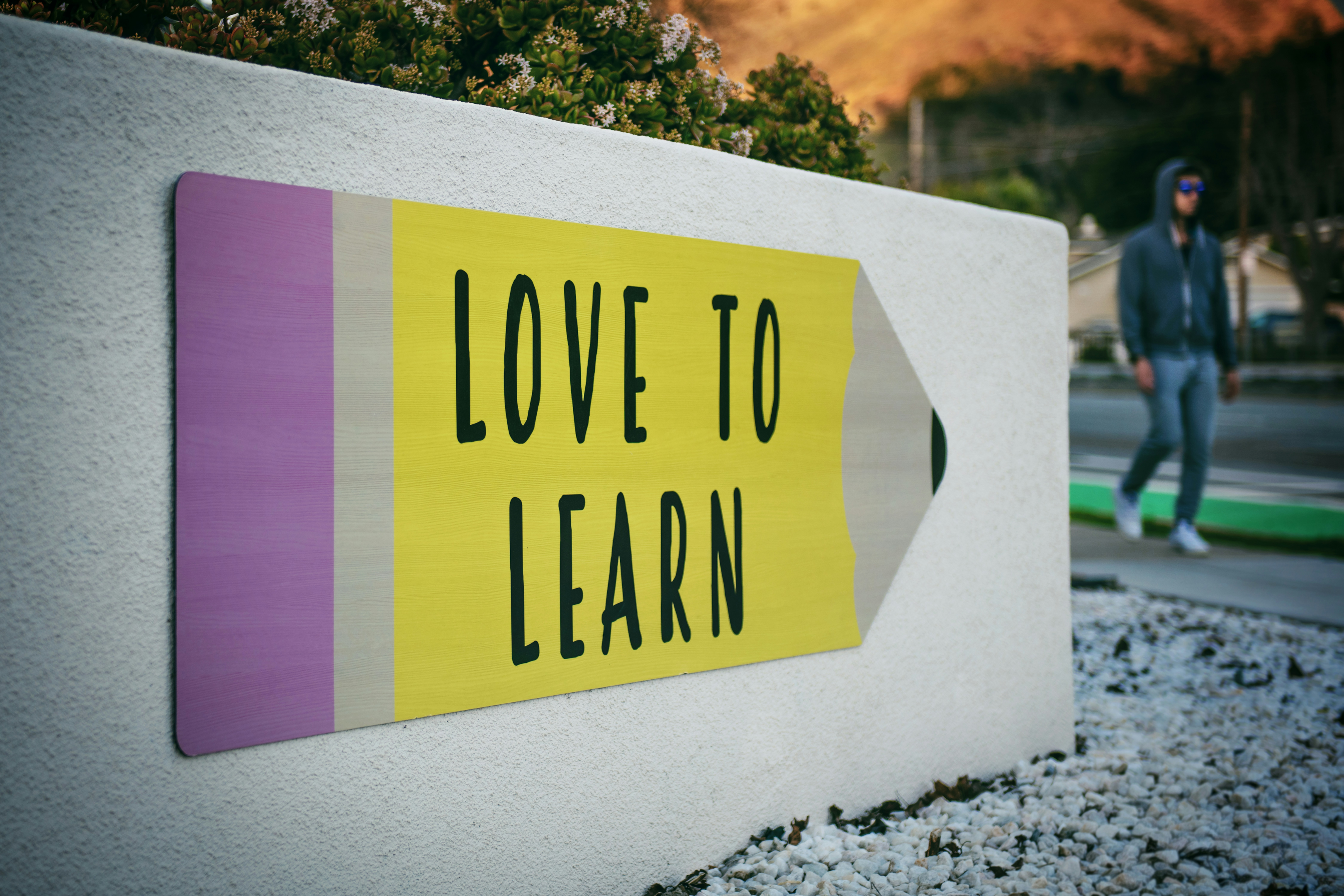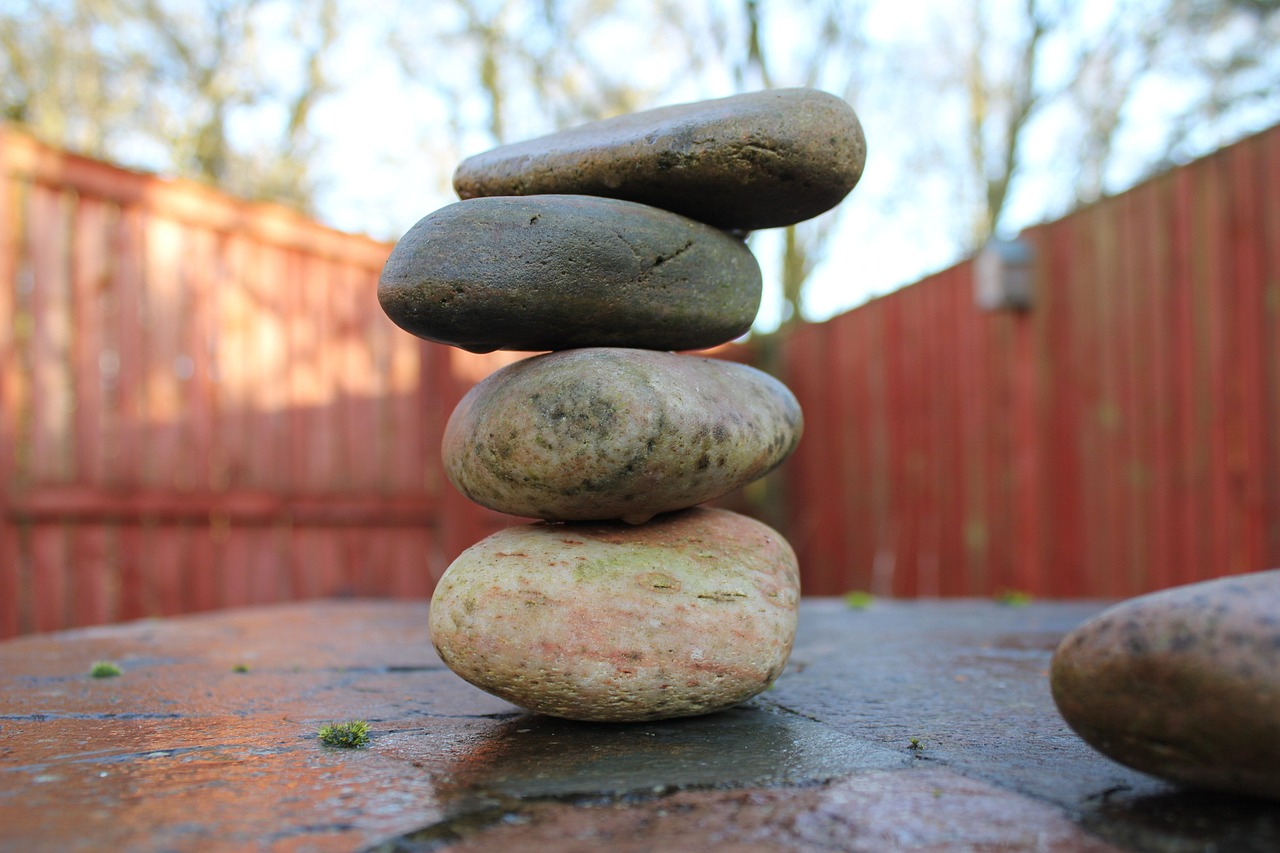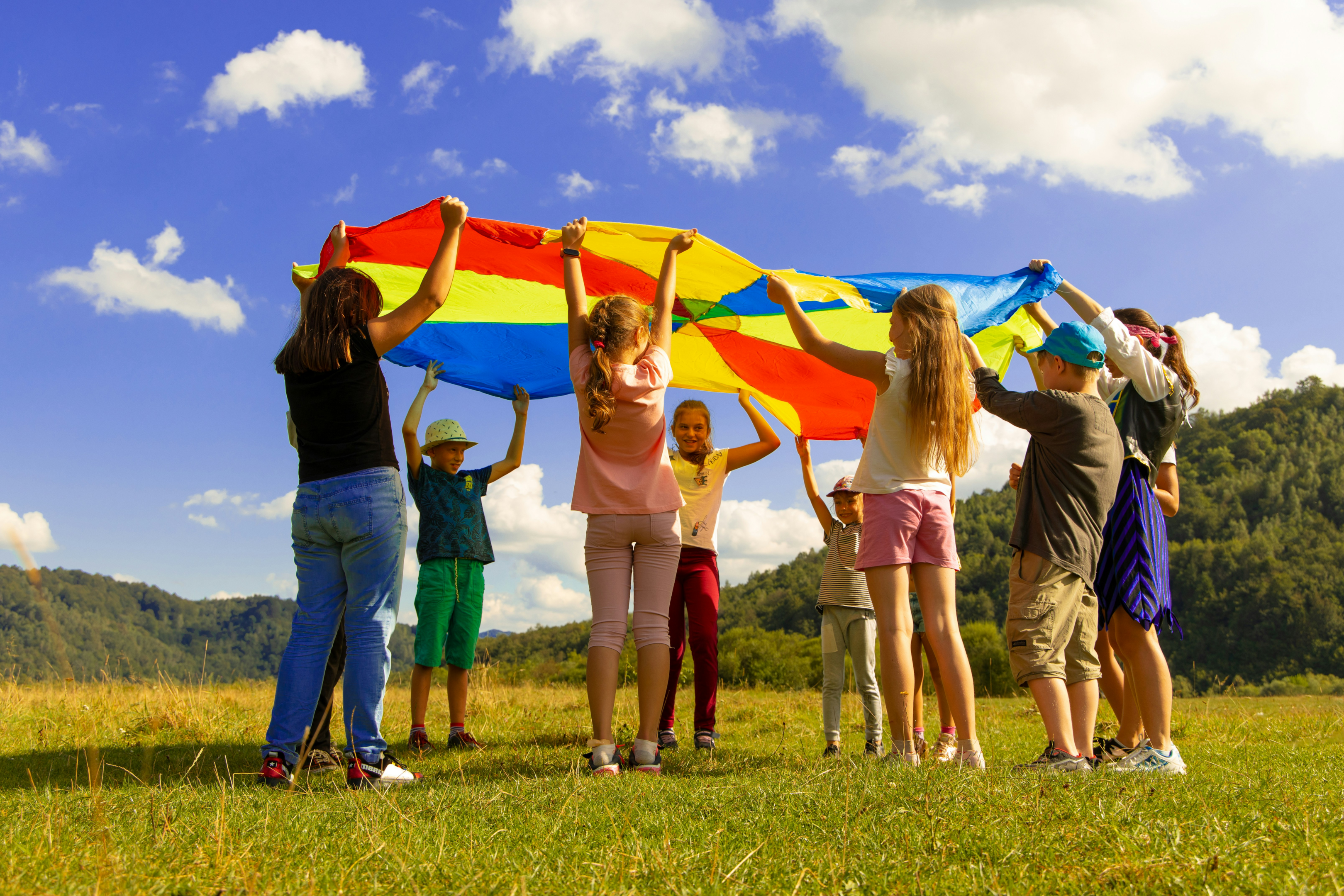Meaningful PE has become a great framework for practitioners and leaders of our subject to use to consider whether their offer is meeting the needs of all learners.
At the bottom of this article you’ll find a downloadable one-page summary of its features and guiding principles.
Beyond Burpees: What is Meaningful PE?
For some, PE conjures memories of regimented drills, fitness tests and awkward sprints. Therefore, it is perhaps unsurprising that such experiences are followed by a life-long disengagement from physical activity. Thankfully, physical education has come a long way since, and many PE teachers apply good pedagogical practice to ensure this is no longer a staple experience. In doing so, they explicitly prioritise meaningful experiences.
What are the teaching and learning principles of meaningful PE? At its core, meaningful PE prioritises the individual, recognising that physical activity is not just about achieving perfect form or racking up heart rate points. It focuses on fostering a lifelong love of movement and equipping students with the skills and confidence to move well, be healthy, and connect with their bodies in a positive way.

Key Characteristics of Meaningful PE:
Student-centred teaching practice
Elicitation of student voice ensures that activities are designed around student interests, needs, and abilities, fostering autonomy and engagement.
Inclusive physical education programs
Everyone feels welcome and valued, regardless of skill level or physical ability.
Inquiry-based learning principles
Learning is driven by curiosity and exploration, with students encouraged to experiment, and problem-solve.
Collaborative activities
Activities promote teamwork, communication, and social-emotional learning.
Reflective practice
Students are encouraged to think critically about their experiences and connect to physical activity that has personal significance beyond the PE class.

Why is Meaningful PE Important?
Traditional PE often fails to consider the diverse needs and motivations of students. This can lead to negative experiences, disengagement, and even a lifelong aversion to physical activity. Meaningful PE, on the other hand, offers a plethora of benefits:
Increased physical activity levels and improved fitness
When students enjoy PE, they’re more likely to be active outside of class.
Improved social and emotional well-being
Collaborative activities and positive reinforcement foster self-confidence, teamwork, and communication skills.
Enhanced cognitive development
Inquiry-based learning and problem-solving activities stimulate critical thinking and creativity.
Reduced risk of chronic diseases
Developing a positive relationship with movement early on sets the stage for healthy habits in adulthood.
Lifelong love of learning
When learning is engaging and meaningful, students develop a curiosity and eagerness to explore new things.

Putting Meaningful PE into Practice: Creating meaningful experiences
So, how can teachers translate the principles of meaningful PE into their everyday practice? Here are a few tips:
Get to know your students
Understand their individual interests, abilities, and needs.
Incorporate student choice
Offer a variety of activities and allow students some input in planning lessons.
Focus on fun and enjoyment
Create a positive atmosphere where mistakes are seen as learning opportunities.
Use play and games as learning tools
These are intrinsically motivating and can be adapted to meet different levels.
Connect PE to other subjects
Show students how physical activity is relevant to their overall health and well-being.
Reflect and adapt
Regularly assess your curriculum and make changes based on student feedback and your own observations.

Meaningful PE: A Movement for Change
The shift towards meaningful PE is not just a pedagogical trend; it’s a necessary response to the changing needs of children and the evolving landscape of education. By prioritising positive experiences, student agency, and lifelong learning, we can ensure that PE becomes a space where every child can thrive, not just physically, but mentally, emotionally, and socially.
Remember, it’s not about churning out perfect gymnasts or marathon runners. It’s about fostering a generation that sees movement as a source of joy, connection, and lifelong well-being. Let’s move beyond the outdated model of PE and embrace the possibilities of meaningful physical education.
Additional Resources
Listen
To this PE Insights Episode on Meaningful PE in Action
Learn
More about Meaningful Physical Education with this bitesize course
Read
This review of the literature on Meaningful PE



Responses